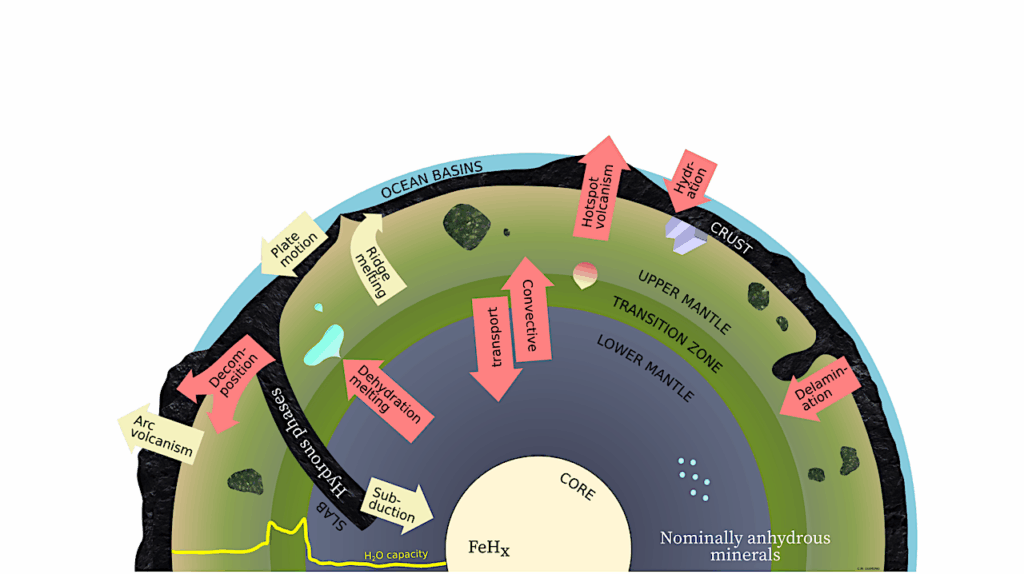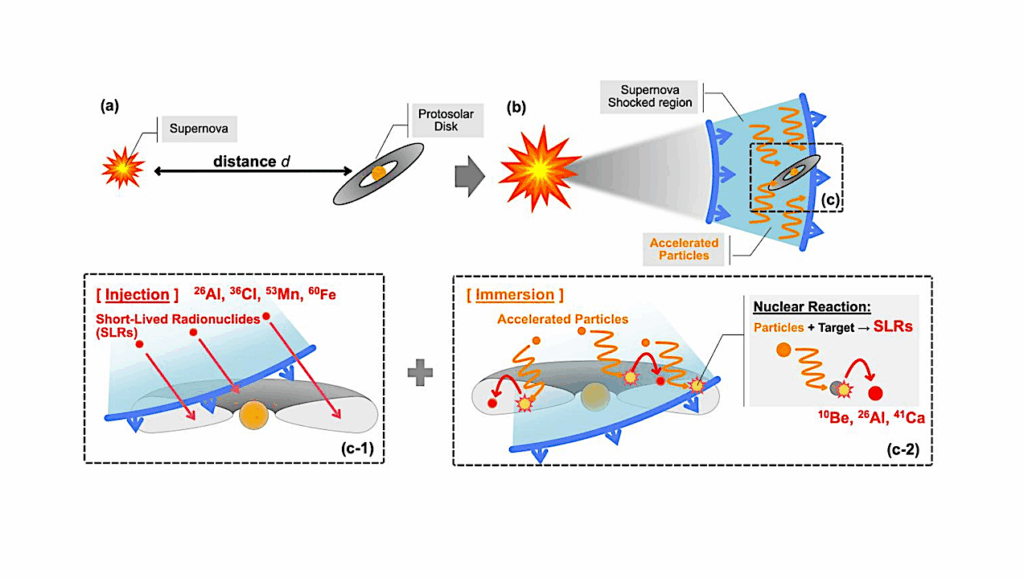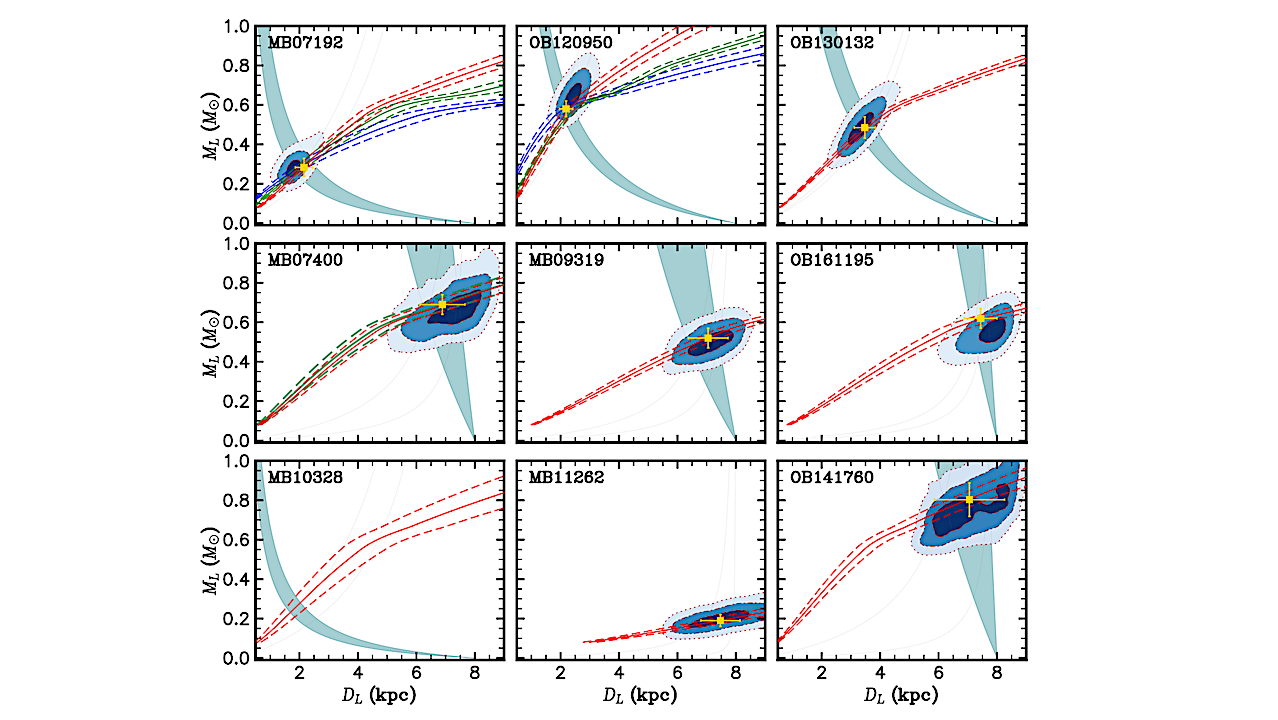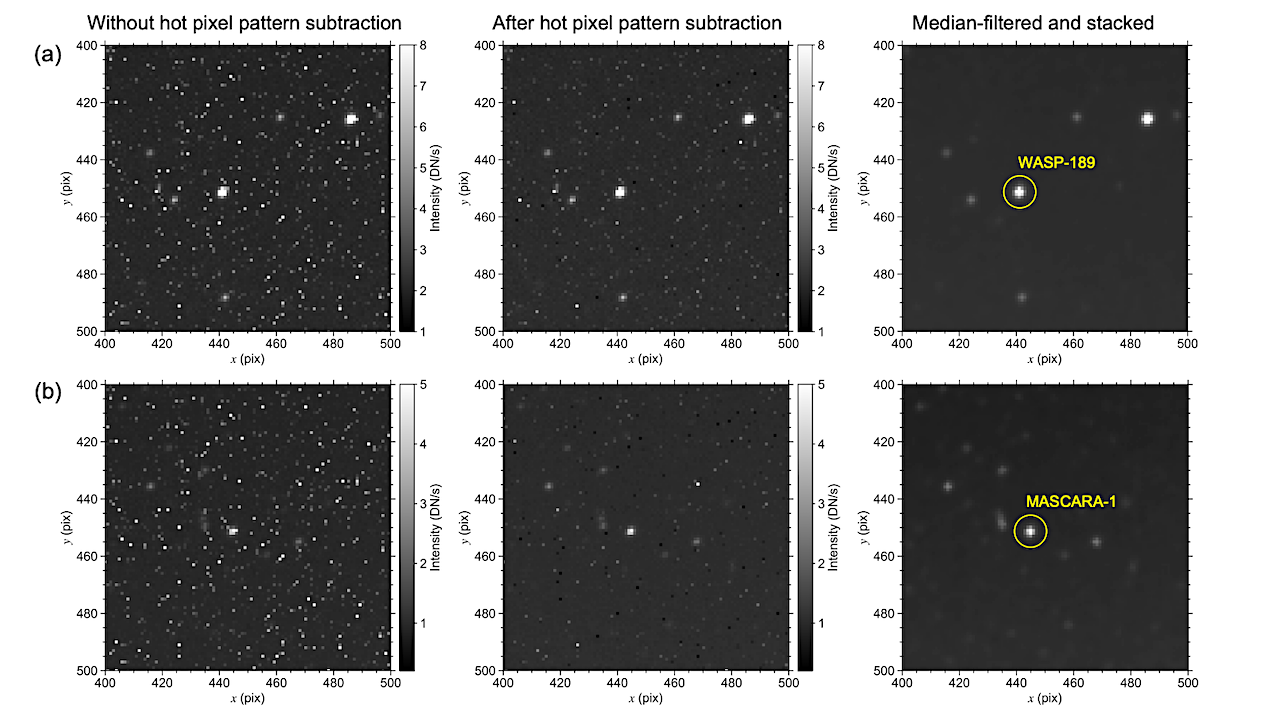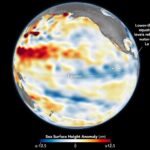Now Reading: Interstellar Formation of the Elusive Phosphanyloxyphosphane (H2POPH2) and Phosphanylphosphinous Acid (H2PPHOH) via Nonequilibrium Chemistry
-
01
Interstellar Formation of the Elusive Phosphanyloxyphosphane (H2POPH2) and Phosphanylphosphinous Acid (H2PPHOH) via Nonequilibrium Chemistry
Interstellar Formation of the Elusive Phosphanyloxyphosphane (H2POPH2) and Phosphanylphosphinous Acid (H2PPHOH) via Nonequilibrium Chemistry
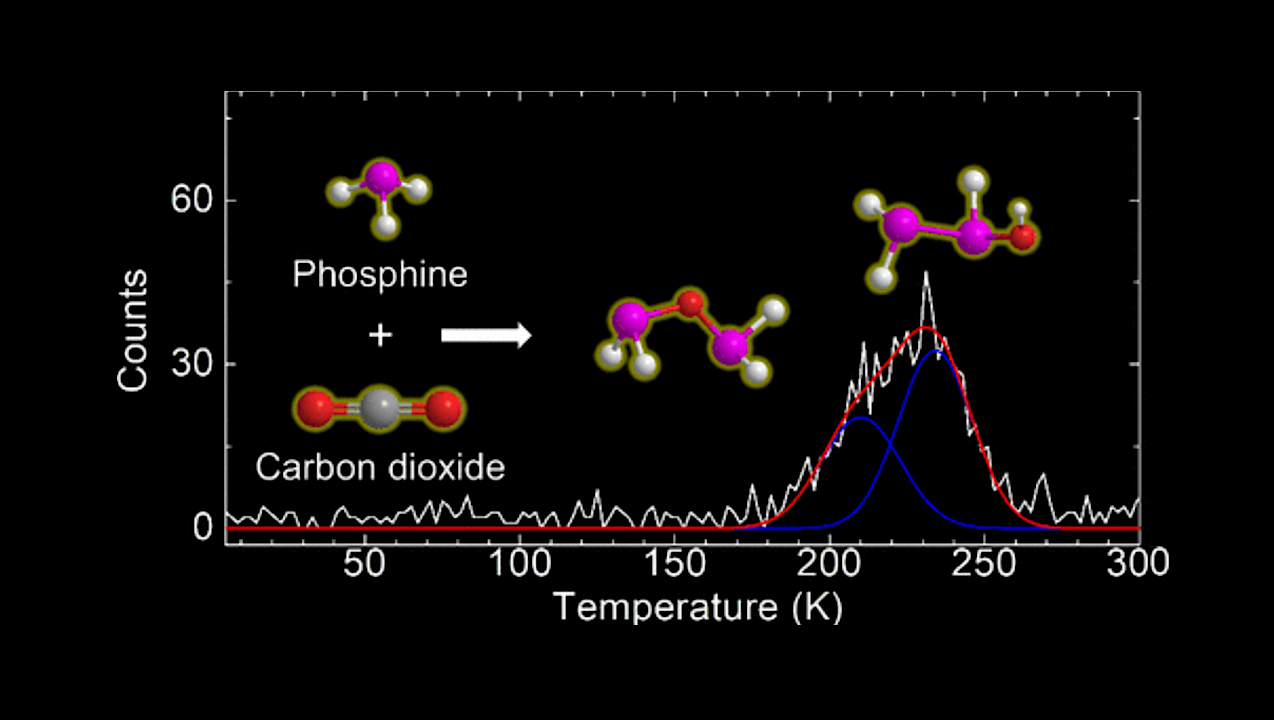

Graphical abstract — Journal of the American Chemical Society
The P–O–P moiety plays a central role in inorganic and biological systems and is considered to be a critical precursor to the phosphate backbone of nucleotides.
However, the isolation of the simplest prototype, phosphanyloxyphosphane (H2POPH2), has remained elusive due to its high susceptibility to hydrolysis. Here, we report the first preparation of phosphanyloxyphosphane and its isomer phosphanylphosphinous acid (H2PPHOH) in low-temperature phosphine (PH3)–carbon dioxide (CO2) ices upon exposure to galactic cosmic ray proxies in the form of energetic electrons.
These isomers were isolated and identified in the gas phase using tunable vacuum ultraviolet photoionization reflectron time-of-flight mass spectrometry combined with isotopic labeling studies.
Our findings not only suggest that the hitherto undetected phosphanyloxyphosphane and phosphanylphosphinous acid can be synthesized in phosphine-rich extraterrestrial ices but also advance our fundamental understanding of the formation of P–O–P and P–P–O linkages via nonequilibrium chemistry under astrophysical conditions.
Interstellar Formation of the Elusive Phosphanyloxyphosphane (H2POPH2) and Phosphanylphosphinous Acid (H2PPHOH) via Nonequilibrium Chemistry: Precursors to the Phosphate Backbone of Nucleotides, Journal of the American Chemical Society
Astrobiology, Astrochemistry,
Stay Informed With the Latest & Most Important News
-
 012024 in Review: Highlights from NASA in Silicon Valley
012024 in Review: Highlights from NASA in Silicon Valley -
 02Panasonic Leica Summilux DG 15mm f/1.7 ASPH review
02Panasonic Leica Summilux DG 15mm f/1.7 ASPH review -
 03From Polymerization-Enabled Folding and Assembly to Chemical Evolution: Key Processes for Emergence of Functional Polymers in the Origin of Life
03From Polymerization-Enabled Folding and Assembly to Chemical Evolution: Key Processes for Emergence of Functional Polymers in the Origin of Life -
 04How New NASA, India Earth Satellite NISAR Will See Earth
04How New NASA, India Earth Satellite NISAR Will See Earth -
 05And Thus Begins A New Year For Life On Earth
05And Thus Begins A New Year For Life On Earth -
 06Astronomy Activation Ambassadors: A New Era
06Astronomy Activation Ambassadors: A New Era -
07SpaceX launch surge helps set new global launch record in 2024













